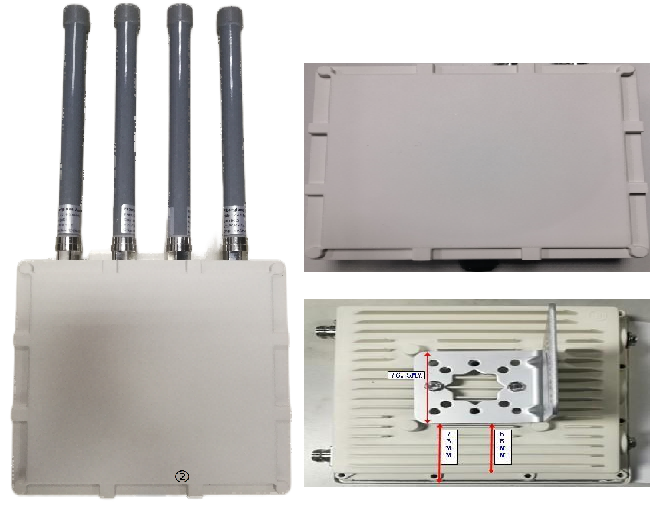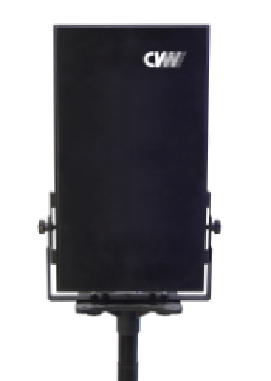Broadcast, television and film are three distinct mediums of communication and entertainment that have significantly shaped our modern society. Each medium consists of various components and modules that contribute to their overall functioning and appeal. In this article, we will explore the key components and modules of broadcast, television, and film, highlighting their unique characteristics and impact on our lives.
Broadcast, as a medium, has been a part of our lives for over a century. It primarily relies on audio transmission to reach its audience. The key components of broadcast include:
1. Transmitter: The transmitter is responsible for converting audio signals into electromagnetic waves that can be transmitted through the air. It amplifies the signals and broadcasts them over a specific frequency.
2. Receiver: The receiver, commonly known as a broadcast, captures the transmitted signals and converts them back into audio. It allows listeners to tune in to different frequencies and enjoy various broadcast programs.
3. Antenna: The antenna is an essential component that receives the electromagnetic waves transmitted by the broadcast station. It helps in capturing the signals and delivering them to the receiver.
4. Studio: The studio is where broadcast programs are produced. It consists of various equipment, such as microphones, mixing consoles, and soundproof rooms, to ensure high-quality audio production.
5. Broadcast Tower: The broadcast tower is responsible for transmitting the broadcast signals over a wide area. It ensures that the signals reach the intended audience within the desired coverage area.
Television, on the other hand, combines audio and visual elements to create a more immersive and engaging experience. The key components of television include:
1. Camera: The camera is the primary device used to capture visual content. It records scenes, events, and performances, converting them into electronic signals that can be transmitted and displayed on television screens.
2. Television Set: The television set, also known as a TV, is the device used to receive and display the transmitted signals. It consists of a screen, speakers, and various controls to adjust the audio and visual settings.
3. Broadcast Station: The broadcast station is responsible for transmitting television signals over the airwaves. It receives the electronic signals from the camera and broadcasts them to the viewers' television sets.
4. Satellite/Cable System: In addition to traditional broadcast stations, television signals can also be transmitted through satellite or cable systems. These systems provide a wider range of channels and programming options to viewers.
5. Studio: Similar to broadcast, television programs are produced in studios. These studios are equipped with multiple cameras, lighting setups, and other production equipment to create visually appealing content.
Film, as a medium, differs from broadcast and television in terms of its distribution and consumption. It involves the production of motion pictures that are projected onto screens in theaters or viewed through various home entertainment systems. The key components of film include:
1. Camera: The camera used in film production is similar to that used in television. However, film cameras capture images on celluloid film, which is then processed and developed to create physical copies of the recorded footage.
2. Film Stock: Film stock refers to the celluloid material on which the images are recorded. It consists of light-sensitive emulsion that captures the visual information during filming.
3. Editing Equipment: Film editing is a crucial process that involves selecting and arranging the recorded footage to create a coherent narrative. Editing equipment, such as film splicers and editing tables, are used to cut and join different shots together.
4. Projection System: Films are traditionally projected onto screens in theaters using specialized projection systems. These systems include projectors, film reels, and sound equipment to provide a complete cinematic experience.
5. Distribution Channels: Films are distributed through various channels, including theaters, home video, streaming platforms, and television networks. Each channel requires specific formats and distribution methods to reach the intended audience.
In conclusion, broadcast, television, and film are distinct mediums that have revolutionized the way we communicate and entertain ourselves. While broadcast primarily relies on audio transmission, television combines audio and visual elements, and film focuses on capturing and projecting motion pictures. Understanding the components and modules of each medium helps us appreciate their unique characteristics and the impact they have on our daily lives.

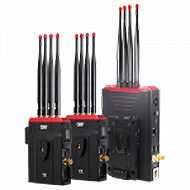 Multi-camera wireless video transmission
Multi-camera wireless video transmission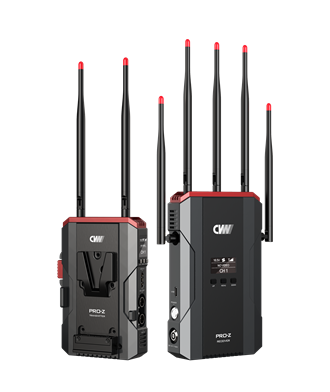 Zero Latency Wireless Video Transmission
Zero Latency Wireless Video Transmission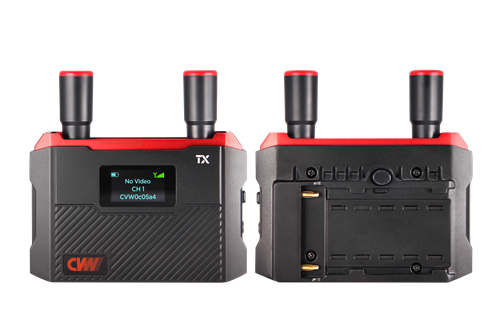
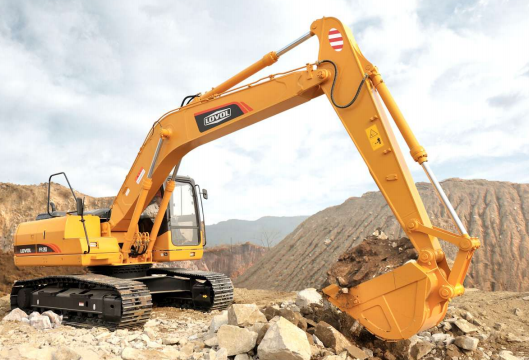 Designed for teleoperating the heavy equipment
Designed for teleoperating the heavy equipment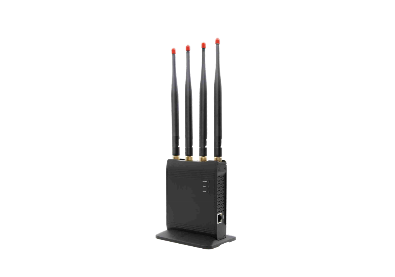 Wireless high-speed data transmission
Wireless high-speed data transmission